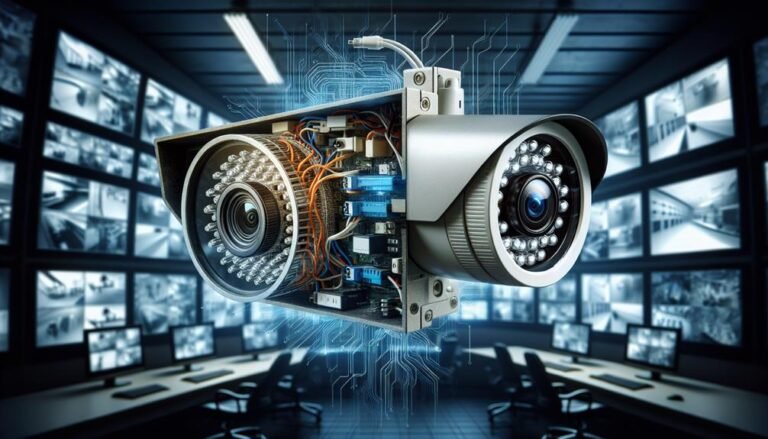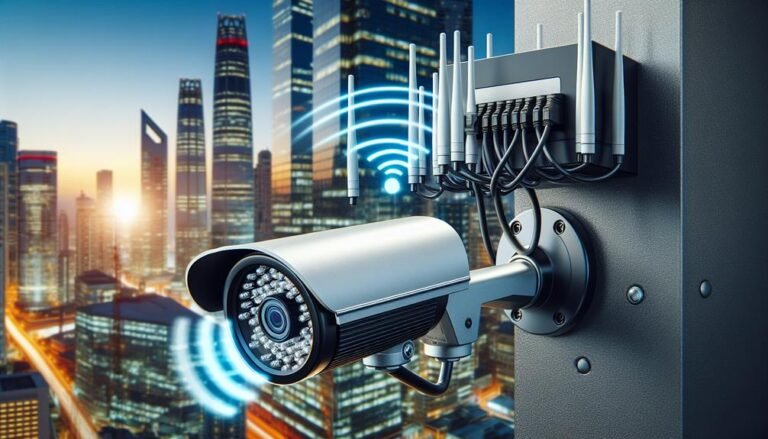Analog Vs IP CCTV | What Is Difference?

Analog CCTV cameras have been a cornerstone of surveillance technology for decades, serving as a reliable and cost-effective solution for various security needs. These cameras operate by transmitting video signals in analog format over coaxial cables to recording devices such as VCRs (Video Cassette Recorders) or DVRs (Digital Video Recorders). Despite the advent of digital and IP-based cameras, analog CCTV systems remain widely used due to their simplicity, affordability, and effectiveness in many applications.
One of the primary advantages of analog CCTV cameras is their ease of installation and use. The technology is straightforward, requiring basic cabling and minimal technical knowledge to set up. This simplicity makes analog systems accessible to a wide range of users, from homeowners seeking to enhance their security to businesses looking for a cost-effective surveillance solution.
Analog CCTV cameras are known for their robustness and durability. They are typically built to withstand various environmental conditions, making them suitable for both indoor and outdoor use. Their reliability over long periods, with minimal maintenance, adds to their appeal, particularly in settings where consistent surveillance is crucial.
In terms of image quality, analog CCTV cameras have seen significant improvements over the years. While they traditionally offered lower resolution compared to digital counterparts, advancements in technology have led to the development of high-resolution analog cameras that provide clearer and more detailed images. Features such as infrared (IR) capability for night vision further enhance their functionality, allowing for effective monitoring even in low-light conditions.
Despite the rise of digital and IP cameras, analog CCTV systems remain relevant due to their cost-effectiveness. They are generally less expensive than digital systems, both in terms of initial investment and ongoing maintenance. This affordability makes them an attractive option for budget-conscious users who require reliable security solutions without the need for advanced features.
However, analog CCTV systems do have limitations. They typically offer lower resolution compared to digital systems and lack the advanced features such as remote access and intelligent analytics found in IP cameras. Additionally, the need for physical cabling can be a disadvantage in larger installations or in situations where wireless flexibility is preferred.
Analog CCTV cameras continue to play a vital role in the surveillance industry. Their ease of use, reliability, and cost-effectiveness make them a viable option for many security applications. As technology continues to evolve, analog systems are likely to coexist with digital solutions, providing users with a broad range of options to meet their specific surveillance needs.




